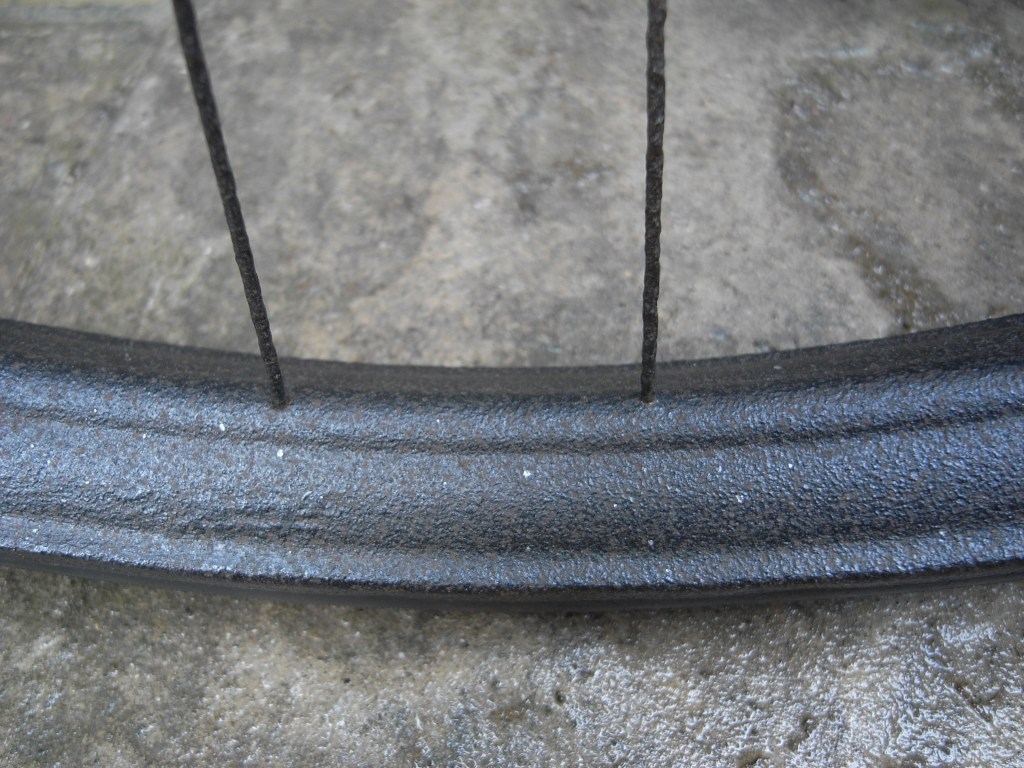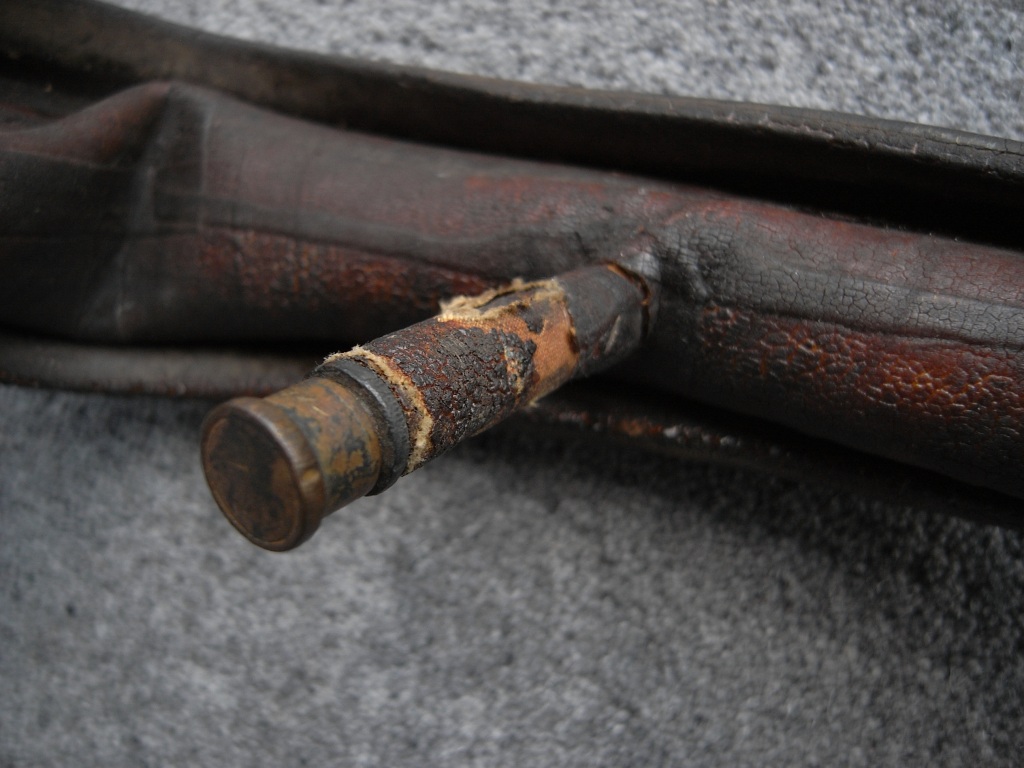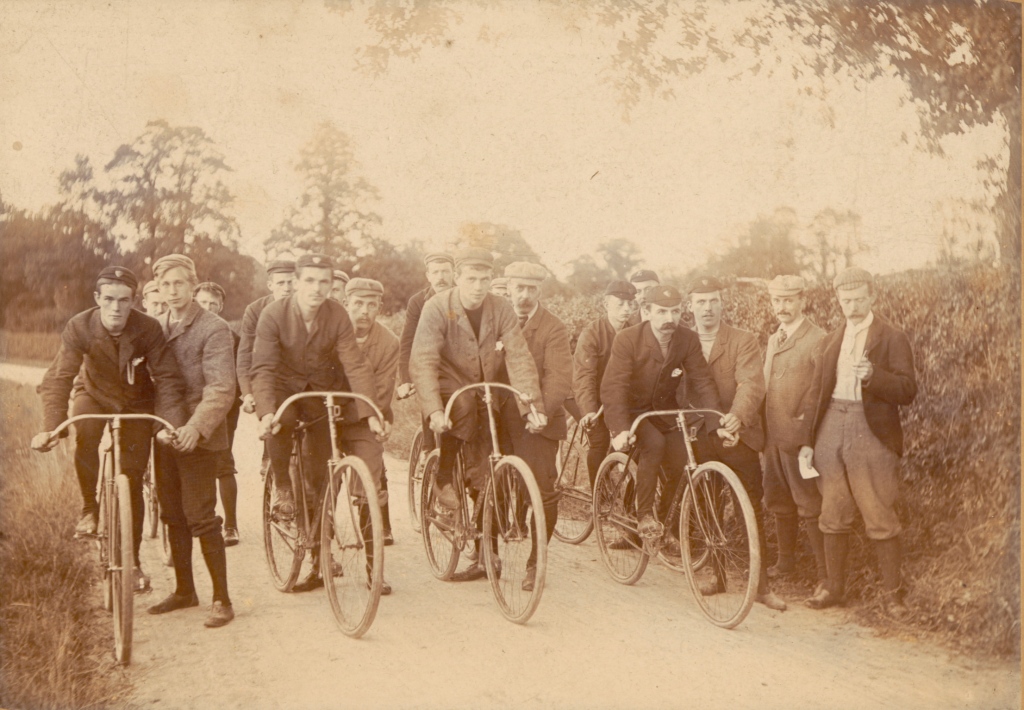In the early days of Pneumatic tyres there were numerous manufacturers. Often the tyres were made to fit a specific rim, which no other product would fit. For example, the tyres originally fitted to my Starley Brothers ‘Psycho’ Road Racer c.1893/4 were Starley patent tyres, and the rims were Starley rims specific to those tyres. Stiff wires which ran through the beaded edge exited through holes in the rim and a locking device held them securely in place at four positions around the circumference. Other manufacturers tyres did not fit these rims, and it was only by chance that I was able to find a modern cover to fit.
Similarly, the rims fitted to my very early pneumatic tyred safety bicycle c.1890/91 were Bartlett Clincher rims, the tyres being Bartlett patent tyres. Despite the invention of the pneumatic tyre in 1888, it was not until 1891/2 that pneumatics became really practical, as methods for easy fitting, removal and repair became more sophisticated. The Bartlett tyre, patented in 1890/1, is thought to be the very first practical detachable tyre ever made.
The tyre, as in the exceedingly rare original survivor pictured here, was of ‘beaded edge’ construction without a wire through the bead. The inner tube was of rubber impregnated canvas. When the tyre was inflated the bead was pushed securely into the edge of the rim and it was not possible for the tyre to expand beyond the size of the canvas tube. Thus the tyre was not forced off the rim as it assumed its correct shape. The large valve was one-way only, deflation not being possible except by puncture!
Tyres like this soon became obsolete, as tyre and rim manufacture improved and became standardized, and probably led to the scrapping of most very early pneumatic bicycles, which were worthless unless the rims were changed. It is a fact that very early pneumatic tyred bicycles are MUCH more rare than solid tyred safeties, for which tyres have always been available.
Similarly, many 1890’s pneumatic safeties had 30 inch front wheels, and 28 inch rears. 30 inch became largely obsolete by around 1900 leading to the demise of many of these machines too, such as those pictured below at the start of a road race in the mid nineties. Since no 30 inch covers are available, these machines are sadly no longer usable, or alternatively people have fitted a 28 inch wheel, leaving an unsightly gap below the fork crown and altered geometry.
A friend kindly gave me this publication from the Bates Tyre Company ( W. & A. Bates Ltd. ) of Leicester, dating from around 1910, which prompted this posting. Established in 1863 as manufacturers of rubber thread, they later turned to tyres around 1882, being one of the earliest makers of solid tyring for Ordinaries and later Safeties. They became quite a large company, exporting internationally, as evidenced by the copy of their poster for Japan seen below. Later they were swallowed up by Dunlop who dominated the market in the early decades of the twentieth century. I particularly like the photo demonstrating how flexible their rubber inner tubes are, being ‘..made from a mixing of the finest Brazilian Para Rubber’.







You must be logged in to post a comment.